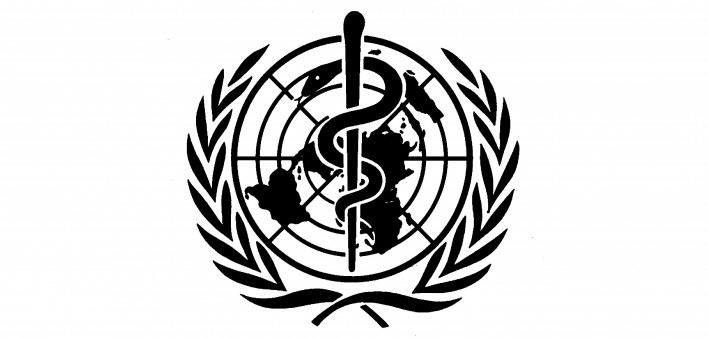In a landmark move, the World Health Organization (WHO) has recommended that all people living with HIV worldwide should receive antiretroviral (ARV) treatment, and that those with “substantial” risk for the virus should be offered Truvada (tenofovir/emtricitabine) as pre-exposure prophylaxis (PrEP). WHO has released these recommendations in an early version of a document that will be presented in full later this year.
These new guidelines expand the estimated number of HIV-positive individuals eligible for treatment from 28 million to the entire population of 37 million people. Whether there are resources—the necessary billions of dollars in investment from wealthy nations—to provide ARVs to that many people is another question.
In July 2013, WHO raised its benchmark of when people with HIV should begin treatment from having a CD4 count of 350 or below to 500 CD4s or below. In May 2015 the long-awaited results of the global START trial were released, providing gold-standard scientific proof that starting ARVs soon after diagnosis, as opposed to waiting for some immune deterioration to occur, best protected the overall health of people living with the virus. WHO’s new policy shift is a direct result of those findings.
WHO’s new recommendations about PrEP vastly expand the population the organization suggests should receive the HIV prevention method. PrEP guidelines issued in July 2014 focused more on men who have sex with men (MSM) and individuals in mixed-HIV-status couples. Recommending PrEP to all those at substantial risk for the virus broadens the targeted population to adolescents and young women in particular, according to the global HIV advocacy organization AVAC.
WHO has made clear that PrEP should not be offered as a sole means of HIV prevention, and that care must be taken to promote adherence to the daily drug regimen. WHO states that “PrEP should be seen as an additional prevention choice based on a comprehensive package of services, including HIV testing, counseling and support, and access to condoms and safe injection equipment.”
Only about two out of five HIV-positive people worldwide are receiving treatment for the virus. The United Nations Joint Programme on HIV/AIDS (UNAIDS) estimates that doubling the number of people on ARVs in low- and lower-middle-income nations will require $18.4 billion in foreign investment by 2020. The current foreign investment figure is only about $8 billion.
To a WHO press release on the recommendations, click here.
To read the guidelines, click here.







Comments
Comments